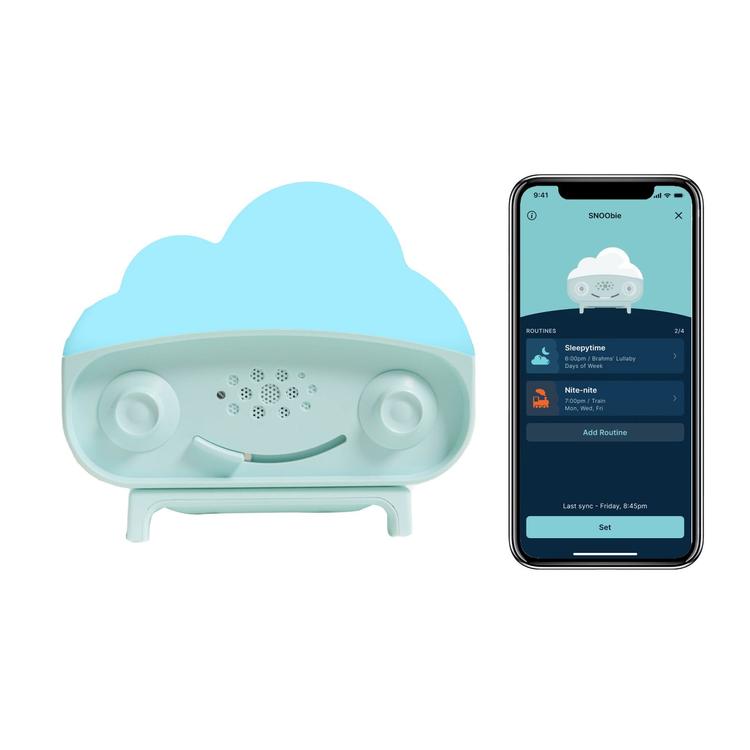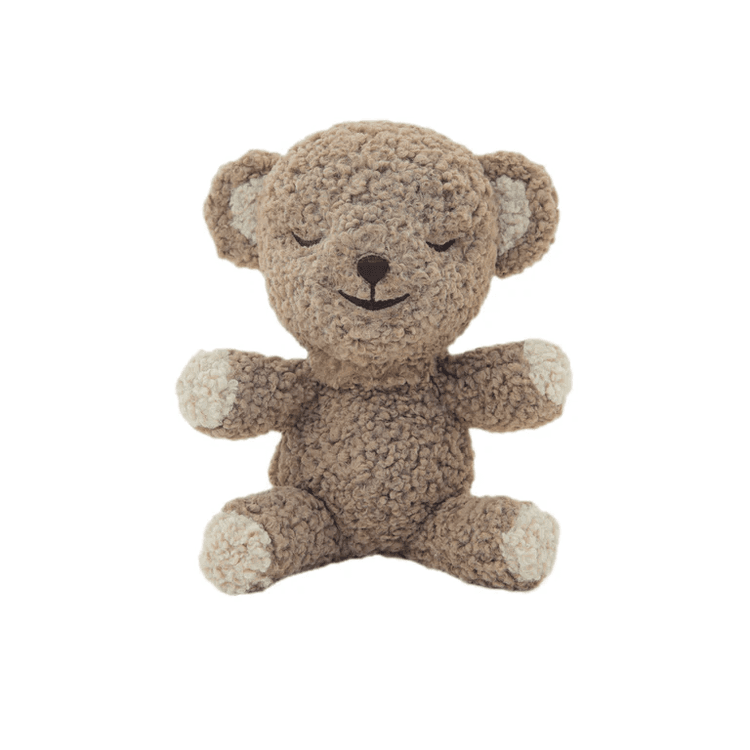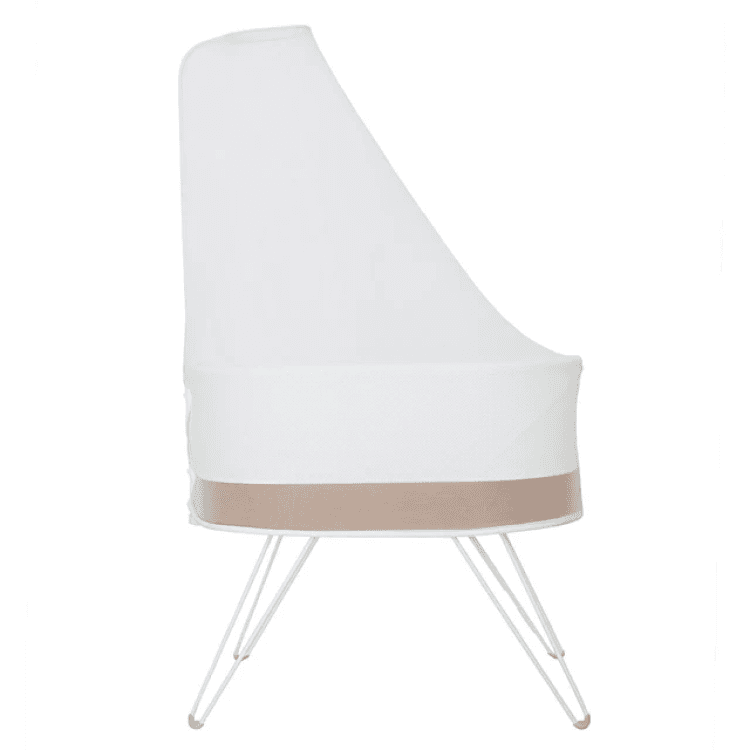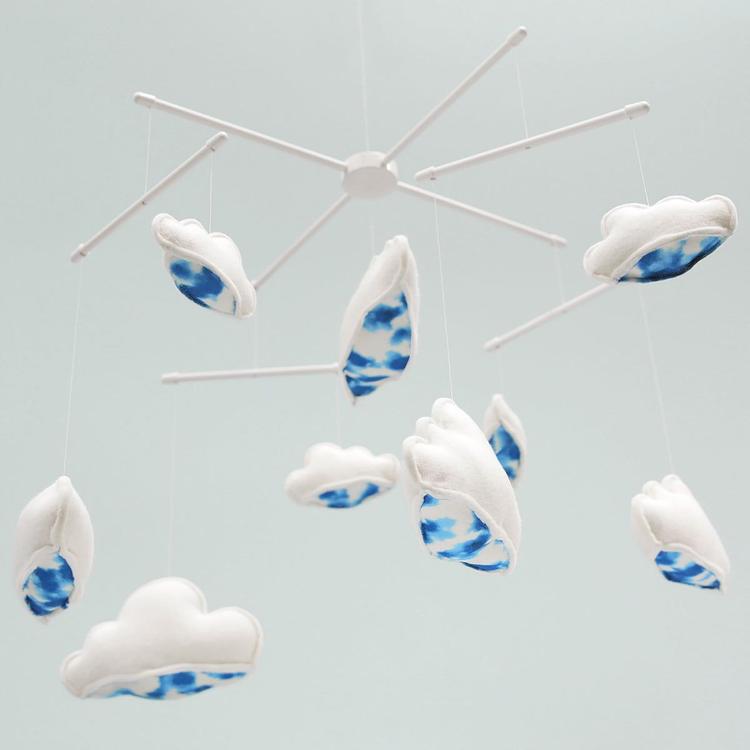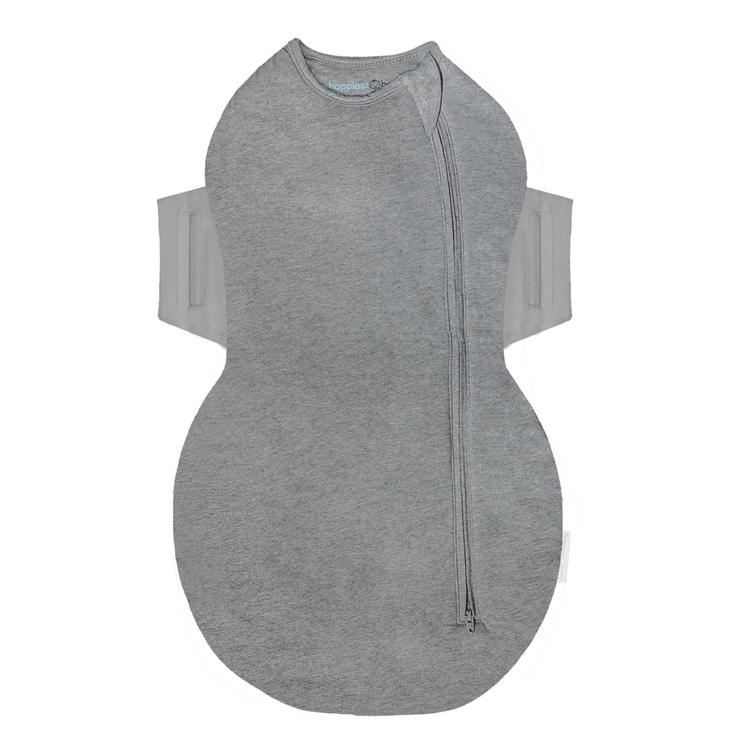Young toddlers hate being confined. They often resist getting in car seats, sitting still on the bus, putting on party clothes, etc. You can try to reason them out of their resistance, but what if your loving logic just does not work?
Tools to Prevent Car-Seat Struggles
Here are a few ways to prevent car-seat conflicts before they happen:
Practice.
Put the car seat in the living room and have him sit in it while you give him a minute of time-in (snack, read, etc.). Once he accepts the car seat at home, start going for very short rides (just around the block). Reward his cooperation with a time-in. Soon your child will learn that car seats are no big deal. Do not forget to gossip about his cooperation (to his stuffed animals, Grandma, or anybody). Paste photos of your child happily sitting in his car seat into a little book ('My Car Seat' scrapbook) and view it with him at bedtime to remind him of the fun things he does when he is in his car seat.
Catch others being good.
Point out when you see other kids in their car seats. Cut pictures of happy kids sitting in their car seats from magazines and add them to the scrapbook. Let your child overhear you gossip about the car-seat cooperation of kids he knows.
Tell fairy tales.
For older car-seat resisters, making up stories about giving in will plant the seed of cooperation and may help you prevent the conflict from ever occurring (read more about telling stories to build character here):
Charlie the Crab hated to be in the car seat . . . but he loved swimming with the other crabs at the clear, blue lake. He was sooo crabby. 'No seat! No seat!' he would cry over and over! But one day his friend Finny the Fish told him, 'Hey, Charlie, when I was little I did not like car seats, but now my mum sings songs with me and we sing the whole way to the lake. It is fun! What is your favourite song? Let us sing it now!'
Role-play.
Play with his dolls and his car seat. Have one doll be the child who resists the seat and another doll be the mummy who says, 'I know you hate it, little dolly. You say, "No, no, no!" But let us have some fun and make it your fun seat! We can sing a silly song or read a book…your choice.'
Tools to Stop Car-Seat Struggles
If the struggle has already begun, try this...
Connect with respect.
Even when you have to enforce a rule, remember to show your respect. Repeatedly echo your child’s feelings and aim for his sweet spot (you can read more about this technique here). It may not stop his crying, but it will make him feel understood and respected, and it will help him recover faster once you get home. Wait until a quiet time, much later, to give your lecture about the dangers of cars and why car seats are smart to use.
Strike a win-win compromise.
Offer a win-win compromise to show respect and gain cooperation. For example, 'I am so sorry, sweetie, but Daddy has to put you in the seat. I know you really, really hate it, very much! But wait, wait! I have a very important question. Do you want me to put on your Silly Songs music before you sit in the seat or after?'
Gossip.
After you get back home, let your child overhear you gossiping about his struggles and successes. Here is what that might sound like: 'Psst! Hey, Elmo! Moses did not like his car seat at first and started to cry. But then we started to sing the Happy Birthday song and he got happy and became a super-duper car-seat sitter! I am gonna tell Daddy what a good job he did!'
More toddler tips:





